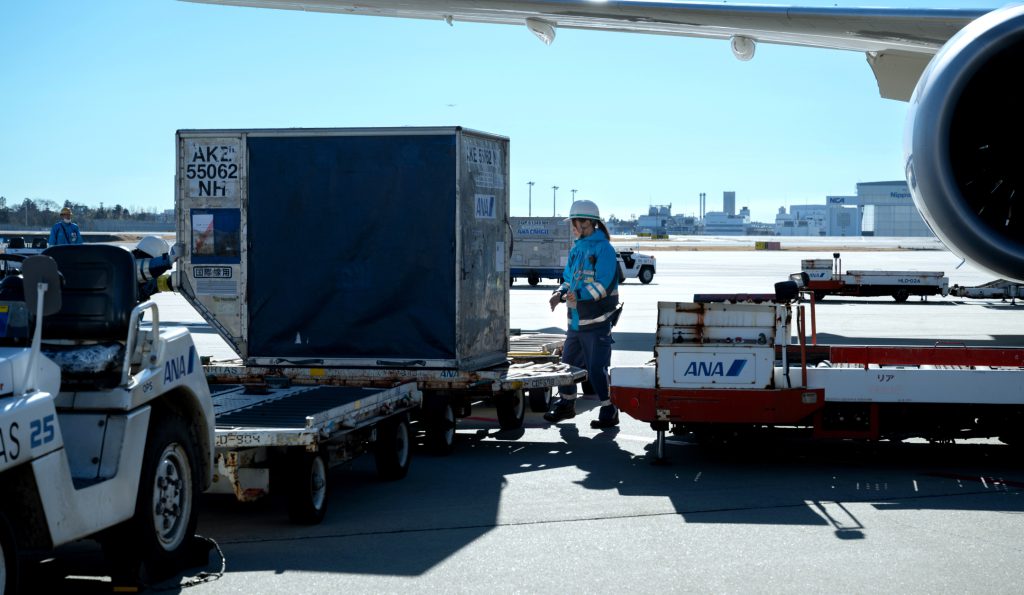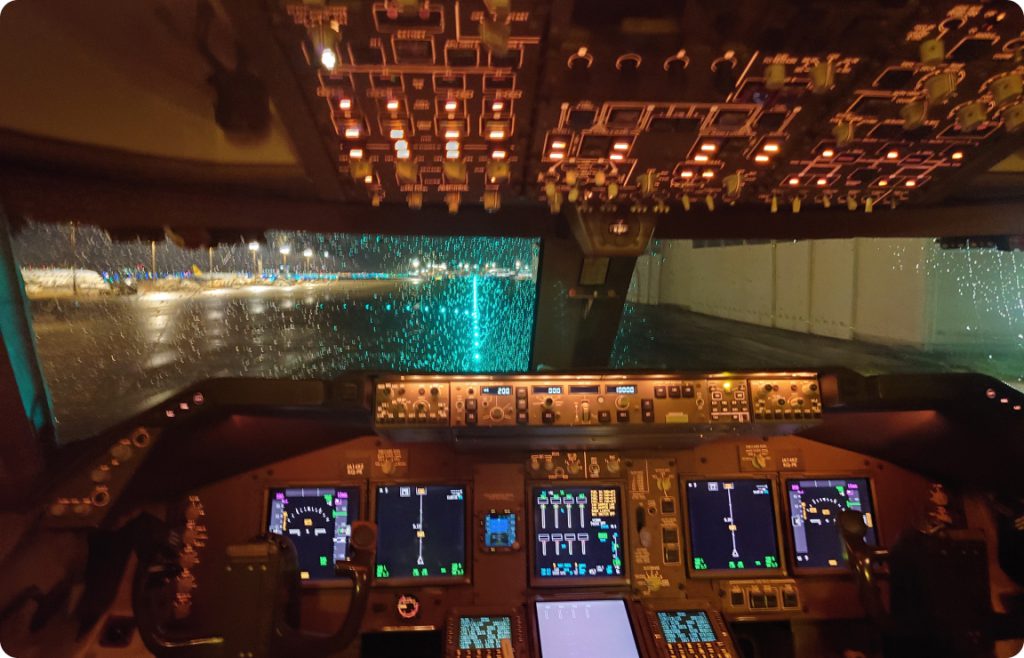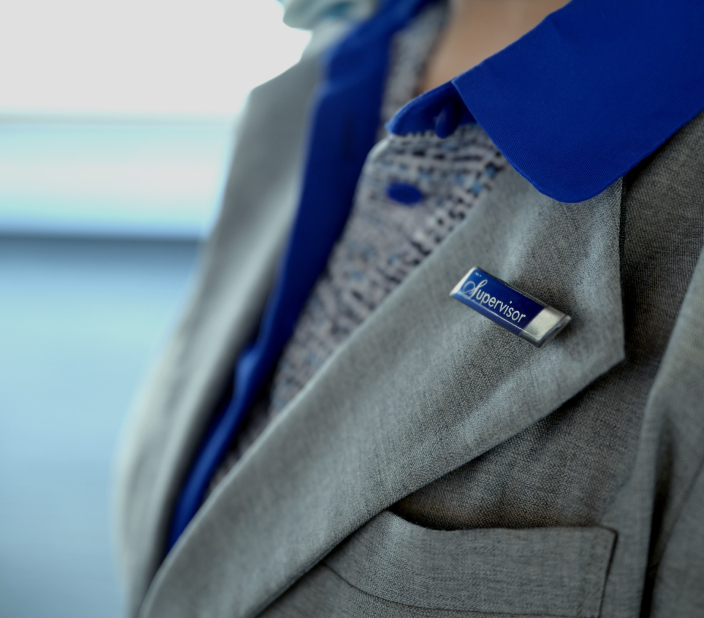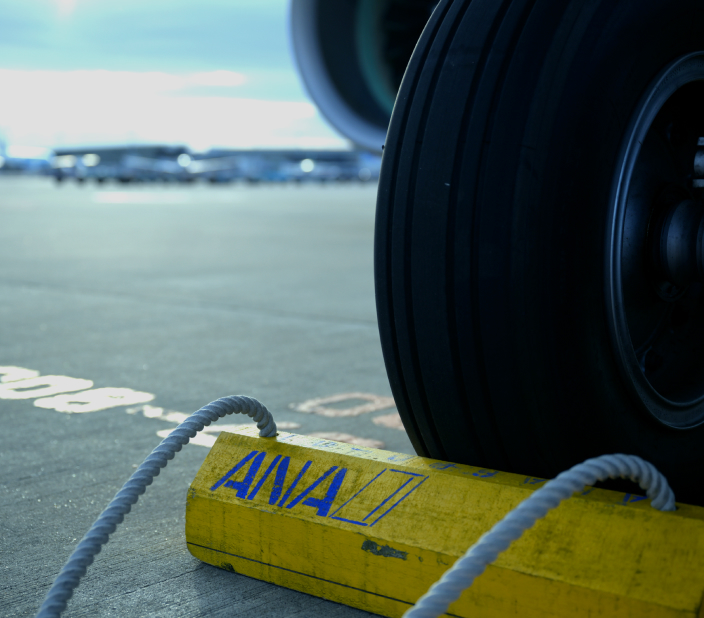High-quality handling
together with enduring curiosity
Natsuyo Mikami
Joined NRTAS in 2017
- Ground Handling
- New graduate recruiting


Global stage filled with
discoveries and excitement.
I’ve loved airplanes ever since I was little and started dreaming about one day working with airplanes around the fourth grade. I studied the basics of ground handling at an aviation technical college and narrowed my job search down to just NRTAS because of its globally oriented environment. The airplanes of overseas airlines actually have a huge variety of airframe designs and specs. I thought it would be exciting and fun to work every day not only with Japanese-owned airplanes but also with the airplanes of overseas airlines. And all the different people and cultures from around the world make Narita Airport a special place to work. It feels like the entire world is here in this one place. Even after six years of working at NRTAS, I still have new discoveries and encounters every day, and this gives me a sense of fulfillment.

Moving a giant aircraft
all by myself.
My current job mainly involves aircraft towing operations, meaning moving aircraft from one spot in the apron (parking area) to another, and pushback tug operations, where departing aircraft are towed into a position where they can move forward under their own power.
During my first several years at NRTAS, I studied how to do basic ground handling operations, including loading containers onto aircraft and attaching and detaching the passenger boarding bridge. Then I was given the assignments of brake operator, who operates the aircraft braking system in the cockpit, and pushback, which is an even more difficult procedure. Considered the big operation in ground handling, pushback really is a difficult maneuver. You have a large special vehicle of some 50 tons pushing back a huge aircraft up to 70 meters long. When I did the maneuver, the size of the airframe felt overpowering and made my legs shake. You’ve only got one shot at the pushback—there is no time to do it over. This means I can’t just rely on my senses, so I figured out my own way of doing it and gradually got better at it through trial and error.
While ground handling operations may look the same, the conditions under which they are performed are not necessarily the same. For pushback especially, every time feels like the first time you’re doing it. Bad weather like rain and wind, the size and weight of the airplane and various other factors all affect the job. Different types of aircraft also feel different in how they move, their turning radius and the speed at which you push them. When you can take in all of these varying factors and successfully complete the operation as intended, you feel really good.
On the other hand, you can feel crushing pressure when performing a pushback on a flight where the ground handling crew has successfully made up for a delay. Everyone up to that point has been doing everything in their power to catch up, and then the pushback operator is handed the baton like the anchor in a relay race. If you mess up, everything they have done was for nothing. The weight of that responsibility is not something you ever get used to.
There is a clear progression in ground handling work, so if you’re motivated, you always have something to aim for higher up the ladder. The feeling like you’re clearing levels in a game is unique to this career.

Environment where you can go after
as many opportunities as you want.
A lot of women also work in ground handling these days. You don’t use a lot of physical strength in towing and pushback operations, and it’s not a problem once you learn how to use your body. As long as you have the motivation to do it, your gender doesn’t matter. You do work outside, however, and especially when working in the brutal summer heat we now get and in the punishing cold of winter, it helps to be physically fit.
NRTAS’ culture of supporting people’s attempts to grow also makes it feel like an employee-friendly place to work. For example, if they ask if they can do something or say they want to do it, there is a climate of actively encouraging people to train on operations they have never done before. This sentiment permeates the entire organization, and I have a lot of colleagues who are motivated to climb higher and take on challenges.

Studying English to set myself
on a further growth track.
I want to study English more in the future. Currently, I communicate with the cockpit of flights from foreign airlines and give parking brake instructions during arrivals. I also work as a headset operator during departures, giving instructions about moving the aircraft such as when to start the engine, so I talk to pilots in English. I’m not very good at English, and communication feels difficult when there’s an irregularity. I therefore want to improve my English ability so that I can help the pilots, too. In addition, I want to acquire a lot of new qualifications and skills, expand the scope of what I’m able to do, be relied upon by everyone on my team and eventually become someone that others look up to.

Day
Schedule
-
11:00
Arrive at work
After coming to work, I confirm my assignment to manning controller and there’s a morning briefing. Afterward, I do warm-up exercises and prepare my equipment.
-
12:00
Headset operator arrival operations
After an aircraft arrives, I communicate with the cockpit and perform the flight operations.
-
13:10
Sender departure operations
I perform the flight operations and the external check of aircraft for departures.
-
13:30
Break
-
15:00
Pushback operations
About one hour beforehand, I go to the aircraft and perform an external check (inspecting the airframe exterior) and pushback tug operations. (Repeat these operations for other flights)
-
21:00
Go home
I review the operations using the end-of-day sheet and go home.

Places
My favorite parts of Narita
-

Spot area of 430 watcher’s seat
Nothing is more thrilling than having aircraft arriving on Runway B fly directly over you.
-

The cockpit during work as the night brake operator
Looking out across Narita Airport, the guide lights are beautiful.
-

Hangar
You don’t often get to see this, and the first time I did was awe-inspiring.


Leading ANA’s international flight operations, NRTAS is aiming for new heights.
NRTAS will create the new era.










